Shiplap, originally developed as overlapping wooden boards to seal the hulls of ships, has evolved into a beloved interior design element, especially in bedrooms. Its simple yet striking linear pattern can be installed horizontally, vertically, or even diagonally to complement diverse aesthetics from modern farmhouse to coastal chic. In bedrooms, shiplap can serve as a full wall, an accent behind the bed, ceiling treatment, or be wrapped around built-in furniture to add depth and character. Beyond paint, designers experiment with natural wood tones, bold hues like sage green or charcoal black, and peel-and-stick panels for easy DIY updates. Additionally, creative pairings with gallery walls, wallpaper, and integrated shelving allow personalization and functionality, making shiplap both a practical and stylish choice for every bedroom size and style. Whether you’re planning a full renovation or a weekend accent wall project, these 20 shiplap bedroom ideas will help you craft a cozy retreat with timeless appeal.
1. Understanding Shiplap: History and Material

Shiplap refers to wooden boards with a rabbet cut at the top and bottom of each plank, allowing them to overlap tightly and form a water-resistant seal. This technique originated in maritime construction to protect ships’ hulls and later migrated to building exteriors before becoming an interior paneling option. In modern homes, authentic shiplap boards are often replaced by budget-friendly alternatives such as plywood strips or shiplap-style removable wallpaper for a similar aesthetic. Beyond traditional materials, designers use faux, reclaimed, or distressed finishes to evoke rustic or weathered character in bedrooms. Because shiplap can be painted any color or left in natural wood tones, it remains a versatile option for both minimalist and eclectic décors. While horizontal installation emphasizes width and continuity, vertical or diagonal placements can draw the eye upward or introduce dynamic patterns, respectively. Additionally, partial installations—covering only the lower or upper portion of a wall—provide a striking accent without overwhelming smaller rooms.
2. Classic White Shiplap Walls
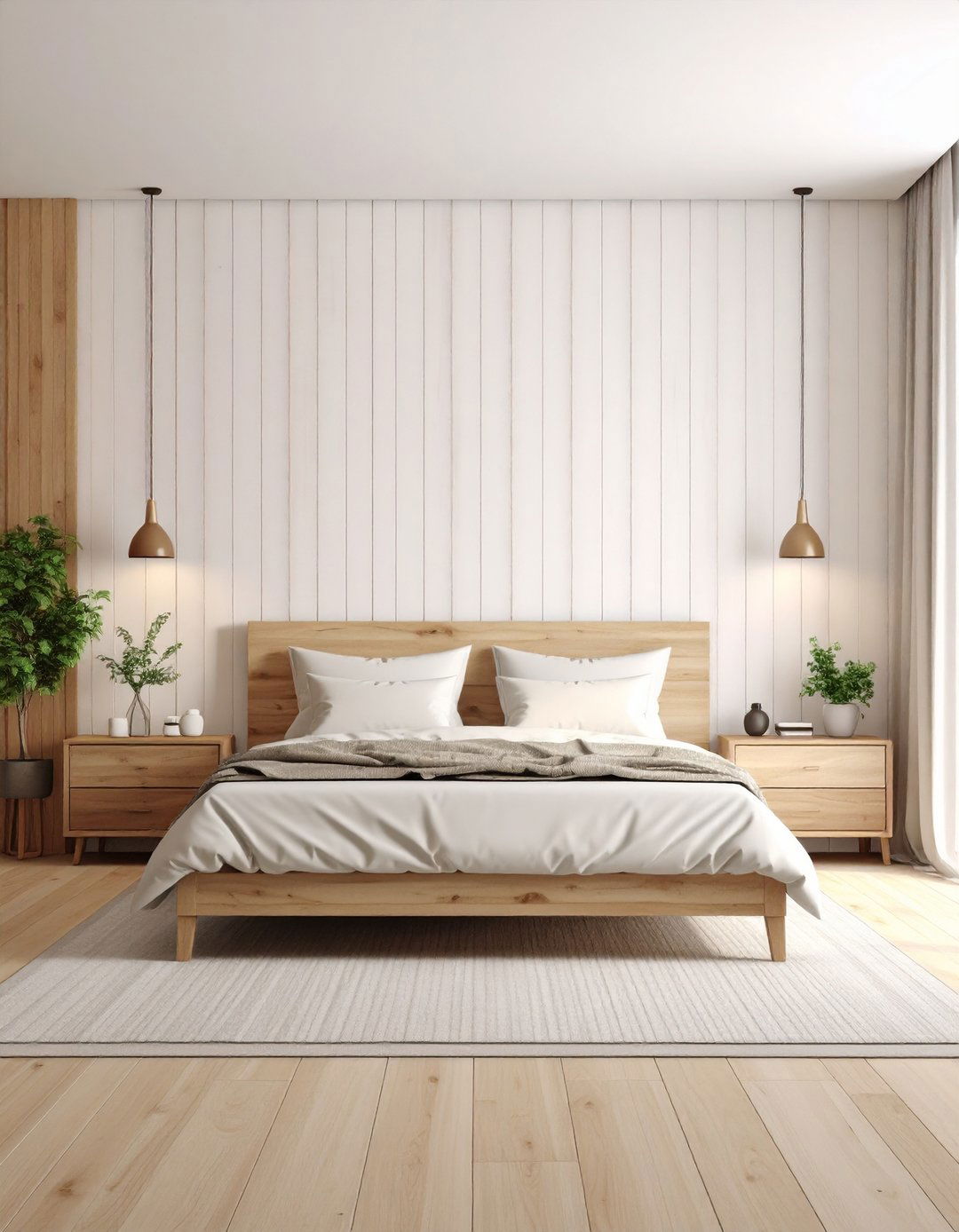
Channel modern farmhouse style with a floor-to-ceiling white shiplap accent wall that maintains a bright and neutral backdrop for bedroom furnishings. A semi-gloss finish on warm white planks reflects natural light and highlights the subtle grooves between boards. Keeping window treatments and wall décor minimal allows the shiplap’s texture to stand out without competing visual elements. This timeless look pairs beautifully with wooden nightstands, woven textiles, and simple gallery displays above the bed. Ideal for both primary suites and guest rooms, white shiplap walls create an inviting atmosphere that feels fresh yet cozy.
3. Sage Green Shiplap Accent Wall
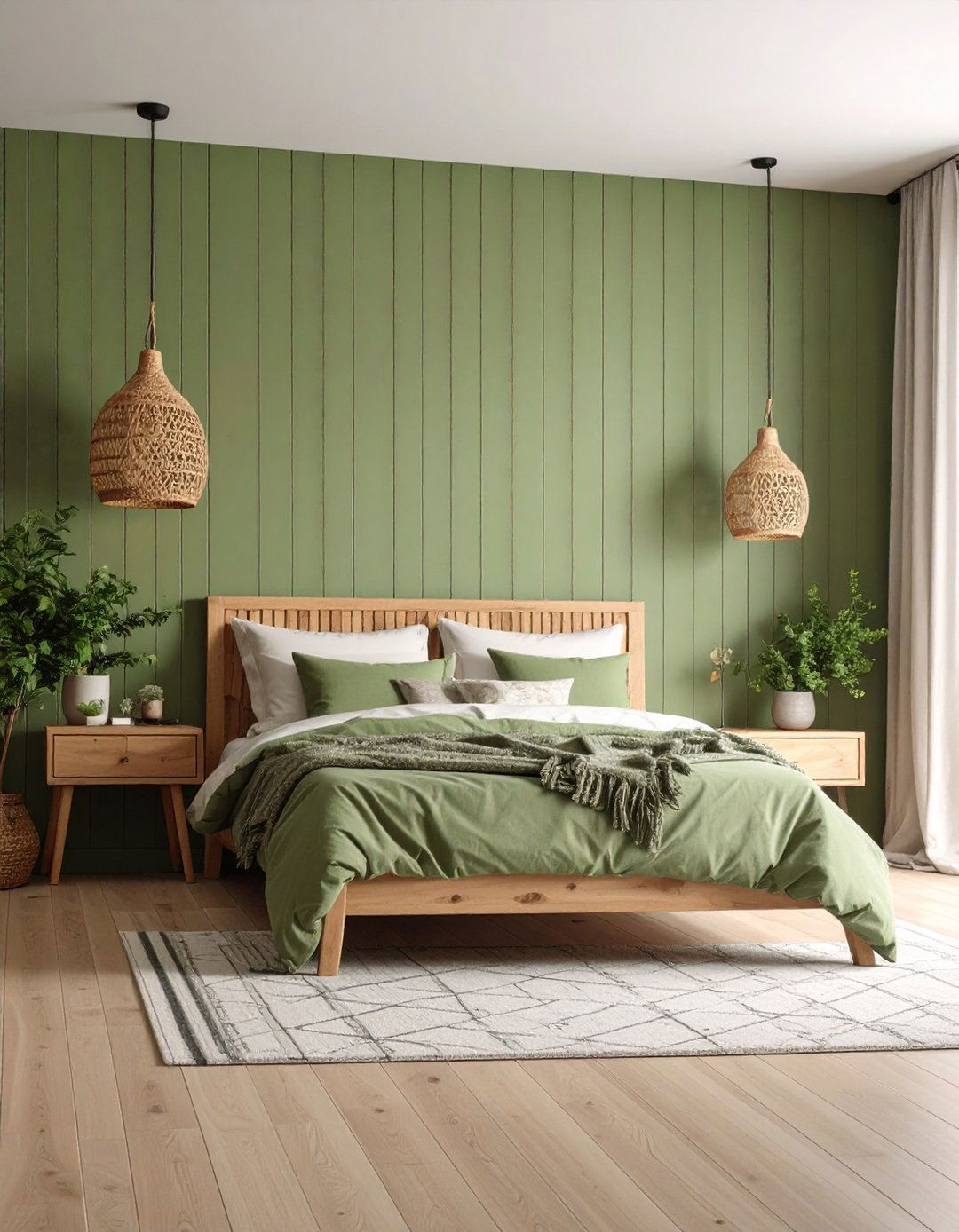
For a nature-inspired twist, paint a shiplap accent wall behind the bed in a soft sage green hue. This color choice evokes tranquility and complements botanical décor or woven wall hangings. By applying shiplap only on the focal wall, you introduce texture and color without overpowering the entire room. Pair the sage green paneling with neutral bedding, rattan furniture, and potted plants to reinforce the organic theme. The result is a serene retreat that bridges rustic charm and contemporary style.
4. Black Shiplap Wall
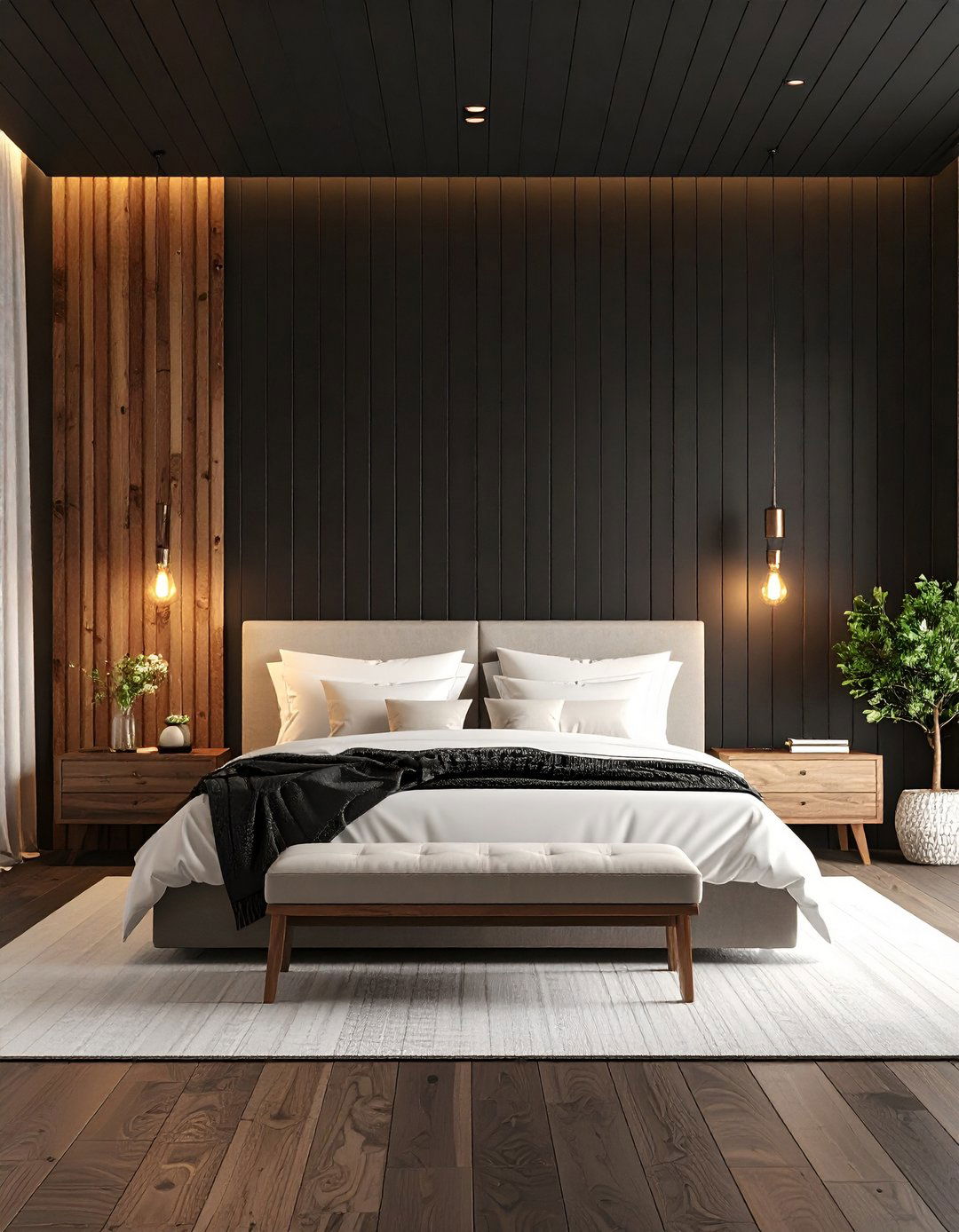
Make a dramatic statement with a black shiplap bedroom wall painted in a deep charcoal or true black tone. For an easy DIY, install pre-primed MDF shiplap panels and finish them with a high-quality black paint as shown in this Apartment Therapy makeover. A black feature wall envelops the space in cozy intimacy and contrasts strikingly with white or metallic accents. Balance the darkness by introducing warm wood furniture, plush rugs, and layered lighting to prevent the room from feeling cavernous.
5. Vertical Shiplap to Enhance Height

Install shiplap boards vertically in a bedroom to create the illusion of higher ceilings and amplify natural light reflection. Vertical lines draw the eye upward, making even a cramped guest room feel more expansive. Opt for crisp white or a light neutral paint to maximize brightness, then add pattern and color through window treatments or accent pillows. This orientation works especially well in narrow spaces or under low eaves, where horizontal boards might make walls appear shorter.
6. Diagonal and Chevron Shiplap Patterns
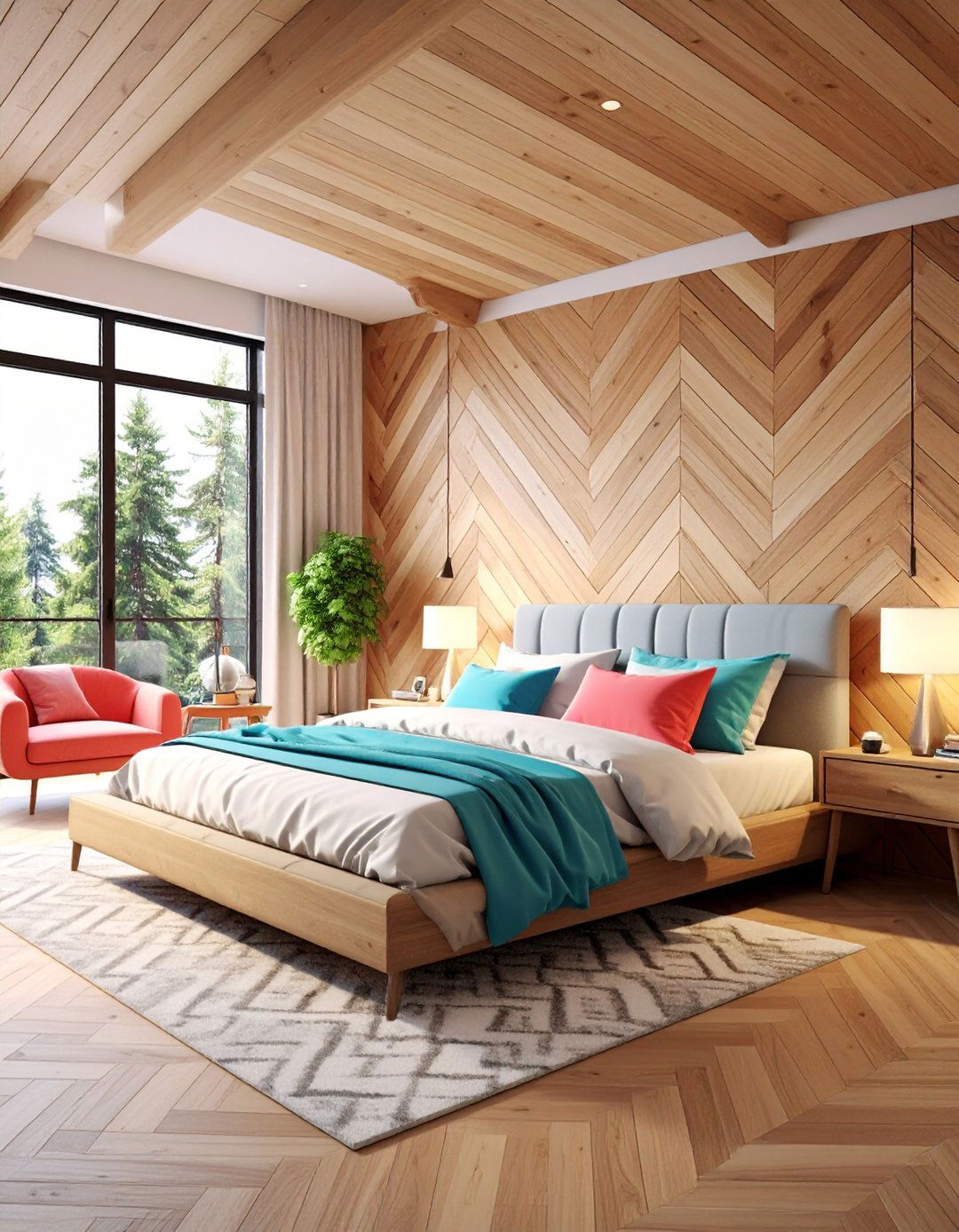
Break away from traditional layouts by installing shiplap boards in diagonal or chevron patterns for dynamic visual interest. A diagonal layout creates gentle movement across the wall, while a chevron pattern adds a bold geometric punch. Both approaches transform a plain wall into an architectural focal point, especially when painted in two contrasting shades or natural wood tones. Because these installations require precise measurements and cuts, they’re best suited for DIY enthusiasts comfortable with carpentry or for professional installers aiming for a custom look.
7. Vaulted Ceiling With White Shiplap
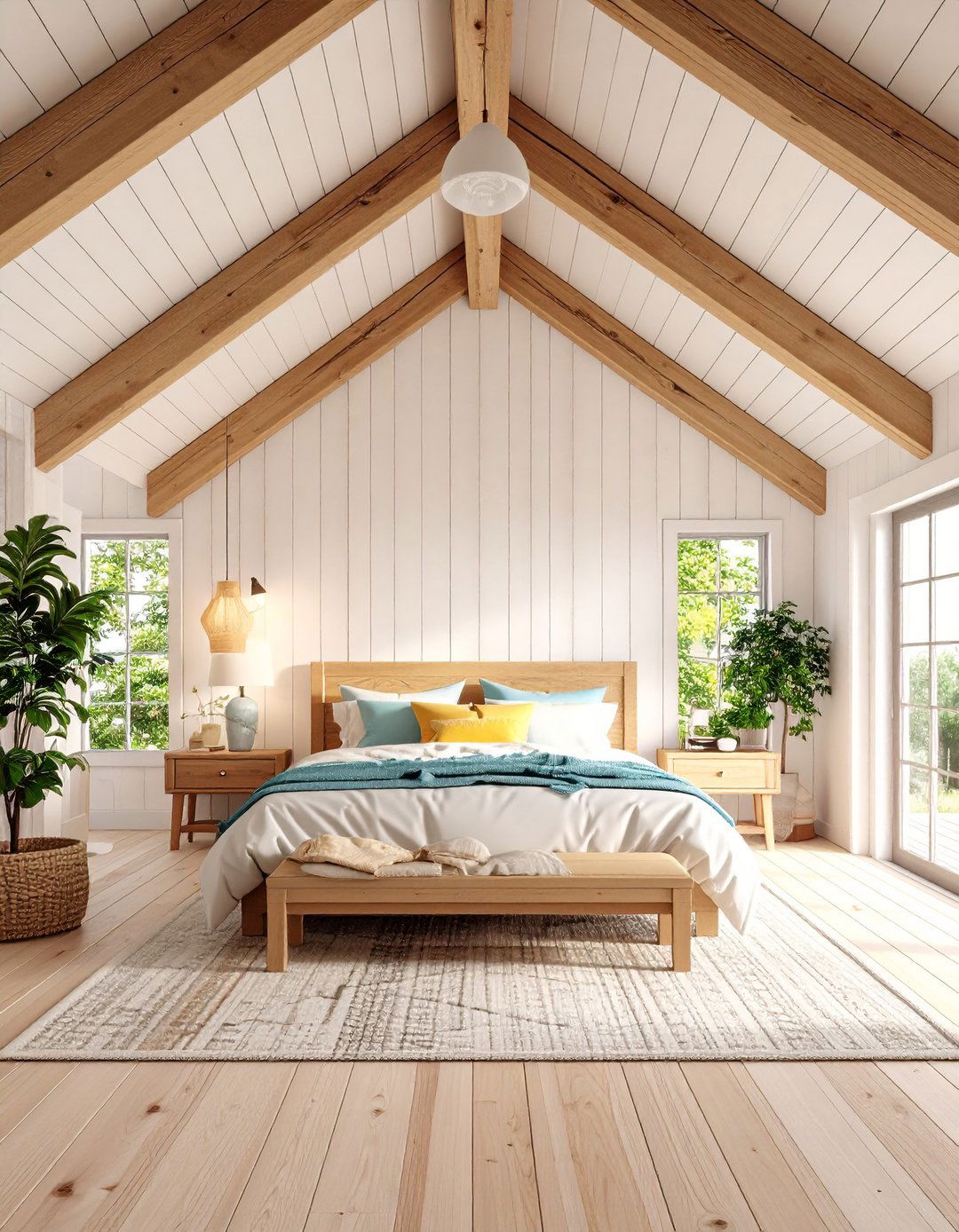
Highlight a vaulted bedroom ceiling by covering it entirely with white shiplap boards. The subtle linear texture draws the eye upward and accentuates the room’s architectural height. Choose a bright white paint that reflects natural light, making the space feel airy and open. This ceiling treatment pairs beautifully with exposed wooden beams or a statement light fixture suspended in the center. The unexpected use of shiplap overhead elevates the design and adds a cozy, enveloping feel underfoot.
8. Shiplap-Covered Slanted Walls
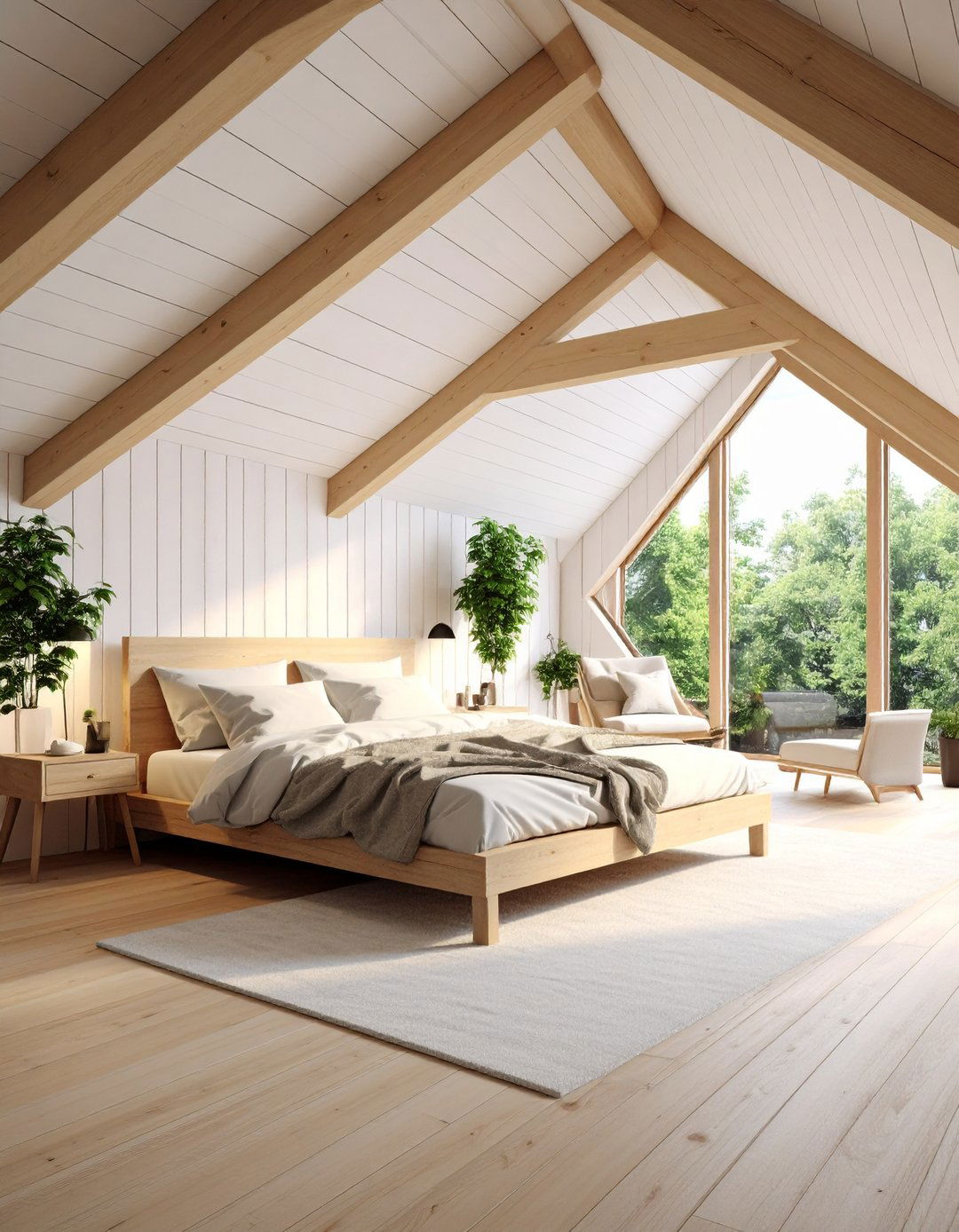
Transform challenging attic or slanted walls into a design feature by covering them with shiplap. Extending the same paint across both flat and angled surfaces ensures visual continuity and a seamless finish. In compact loft bedrooms, white-washed or light-toned shiplap brightens the cramped angles and enhances the sense of space. Installing lighting along the slanted paneling can further emphasize the texture and create a warm glow in the evening.
9. Partial Shiplap Wall

Divide a bedroom wall by applying shiplap only to the lower half, leaving the upper portion in standard drywall or paint. This headboard-like treatment adds interest without the cost and effort of wall-to-wall panelling. Paint the shiplap in a darker tone to visually ground the bed and use the upper wall for artwork or mirrors. In twin beds or bunk rooms, partial shiplap provides both protection against scuffs and a unified design element for multiple sleeping nooks.
10. Shiplap Front on Built-Ins
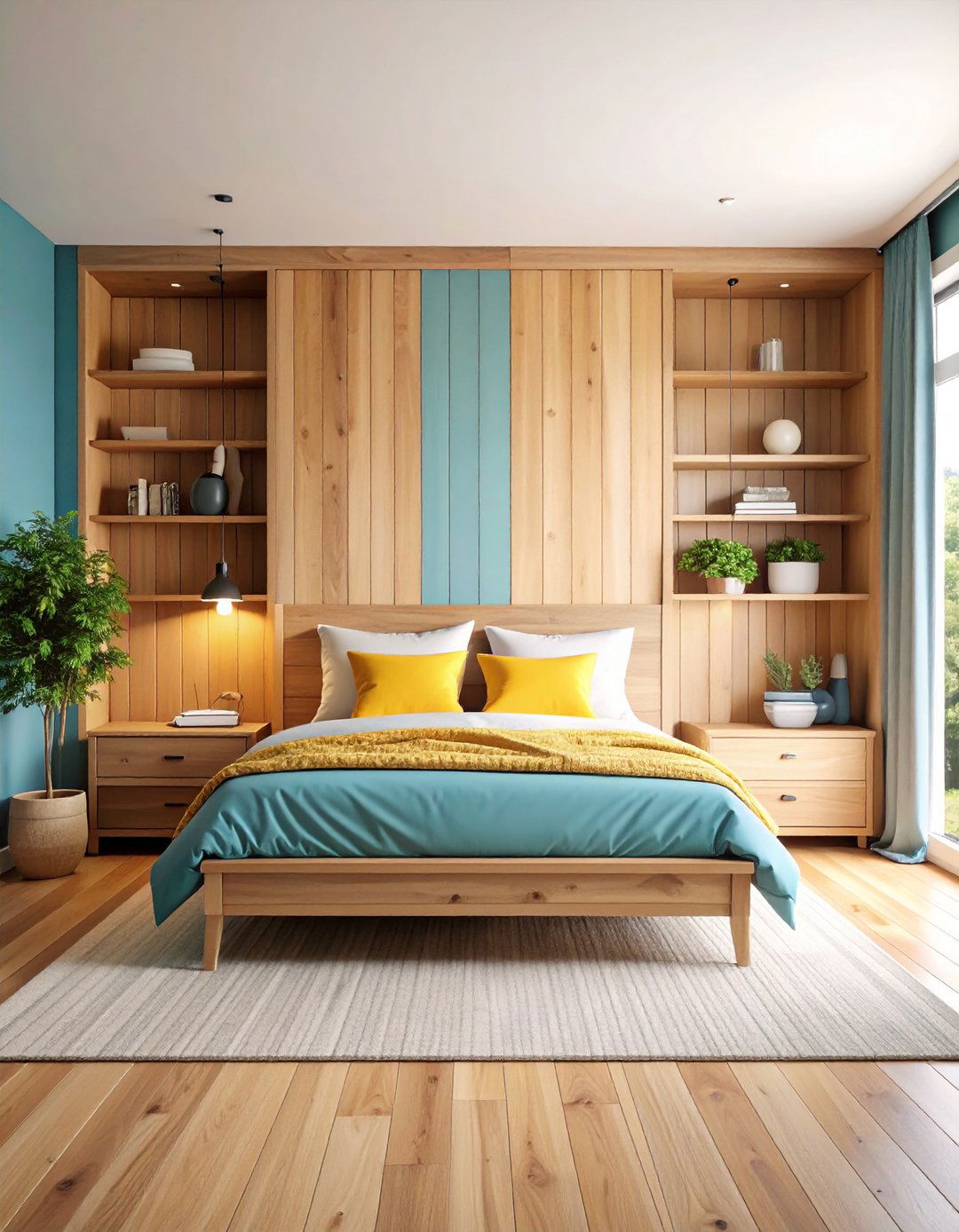
Incorporate shiplap into bedroom built-in furniture such as under-bed storage drawers or shelving fronts for a cohesive look. Matching the shiplap finish on cabinetry ties the furniture into the room’s overall design theme. Whether painted white, stained, or left natural, the added texture lends handcrafted appeal to otherwise flat faces. This approach seamlessly blends storage and décor, making every element feel custom-made for the space.
11. Shiplap Wall Layered With Artwork

Use a white or light-toned shiplap accent wall as a backdrop for a gallery of framed art, photography, or botanical specimens. The vertical or horizontal grooves add depth behind each piece while maintaining a neutral canvas. Hang pendant lights or wall sconces on the shiplap to frame the gallery and illuminate the display. This layered treatment creates visual interest and elevates personal collections into a cohesive focal feature.
12. Bunk Bed Shiplap Wall

Add dimension to a built-in bunk bed installation by lining the back wall of the units with shiplap. A cool gray or pastel shade complements modern furnishings and provides a calming backdrop for sleepers. The continuous lines echo the bunk structure and visually expand the bedding area. Accent the shiplap with integrated wall sconces or reading lights to infuse function and flair into kids’ or guest rooms.
13. Shiplap Nursery Walls

Create a nursery with half-height shiplap below a whimsical wallpaper or paint treatment on the upper wall. The combination balances playful patterns with durable panelling that’s easy to clean and less prone to scuffs. Opt for white or pastel shiplap to keep the room light and adaptable as children grow. Complement with a coordinating bird-print or floral wallpaper to complete the sweet, storybook vibe.
14. Natural Wood Shiplap
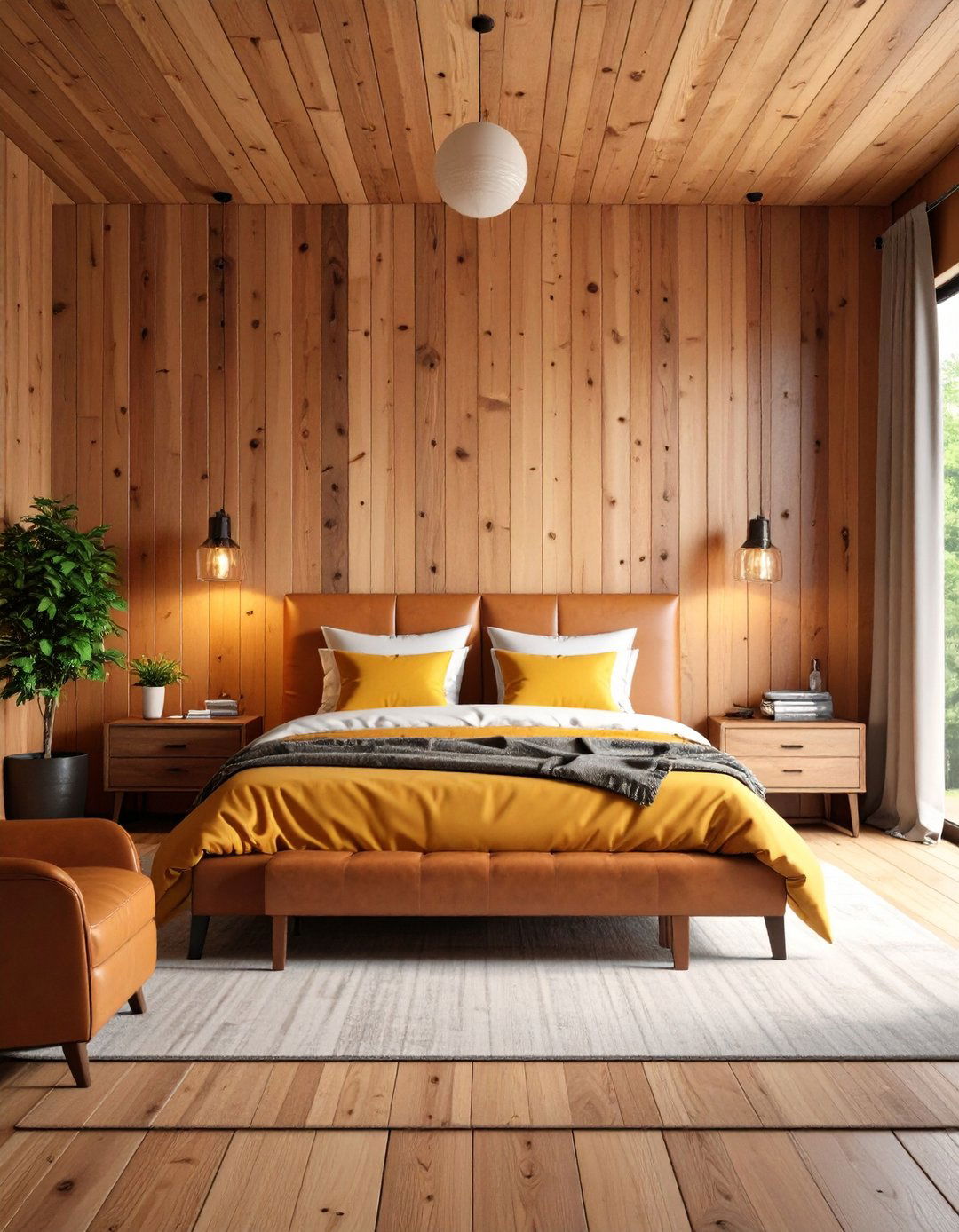
Forego paint and embrace the organic warmth of natural wood shiplap in a rustic or cabin-inspired bedroom. The visible grain and knots add authentic character, and a clear protective finish highlights the wood’s tone. This treatment works well on a single feature wall or across an entire room for an enveloping lodge feel. Pair with leather furnishings, wool textiles, and iron accents to reinforce the cozy cabin aesthetic.
15. Shiplap in a Dark and Moody Bedroom
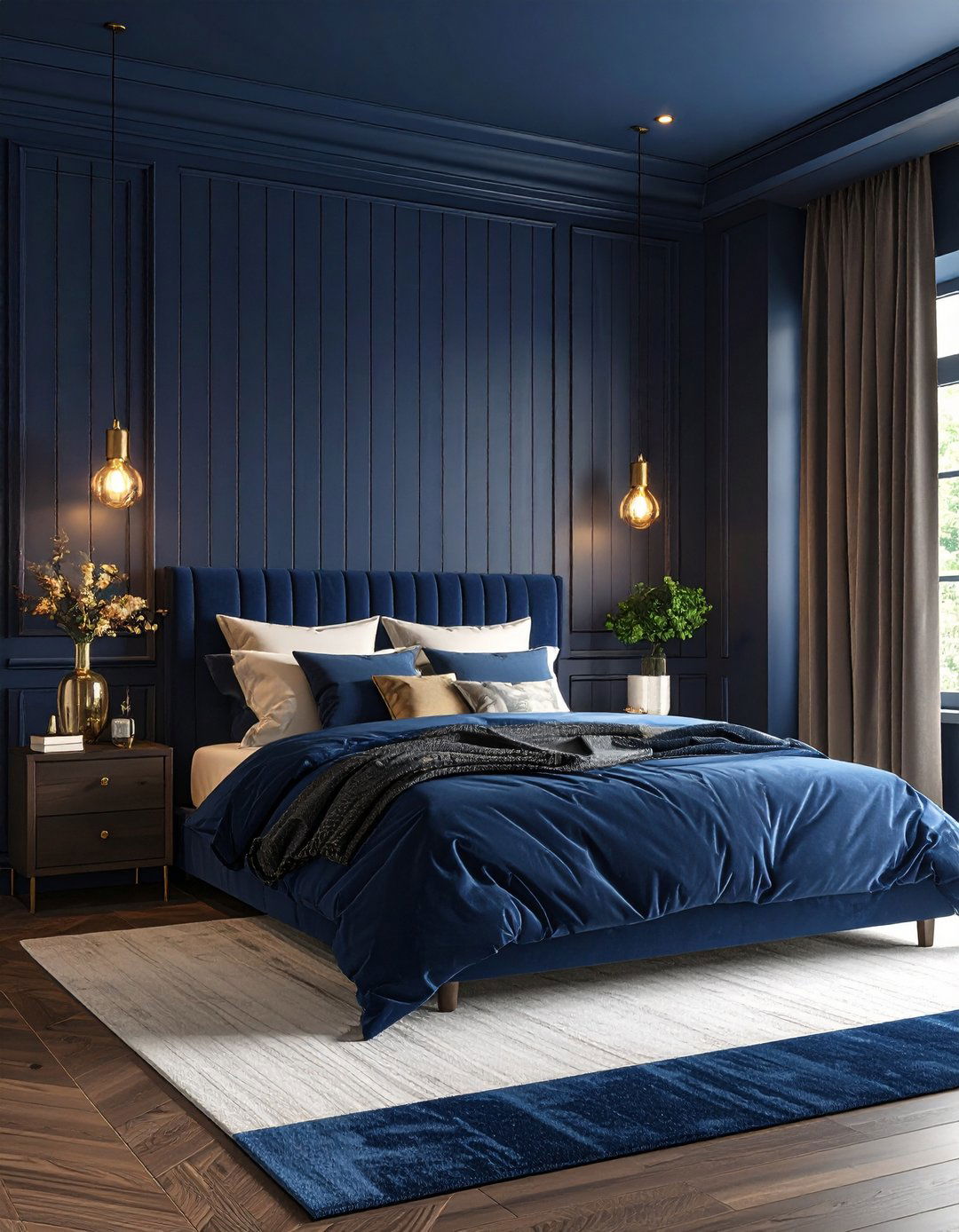
For an immersive, cocoon-like retreat, drench a bedroom in a rich, moody shade on both the walls and shiplap paneling. Warm greens, navy blues, or deep charcoal unify the wood texture and surrounding plaster for continuous visual flow. Highlight the contrast with brass hardware, velvet upholstery, and layered lighting to avoid a flat appearance. This dramatic approach creates depth and intimacy, perfect for primary suites or reading nooks.
16. Shiplap Bedroom Corner Accent
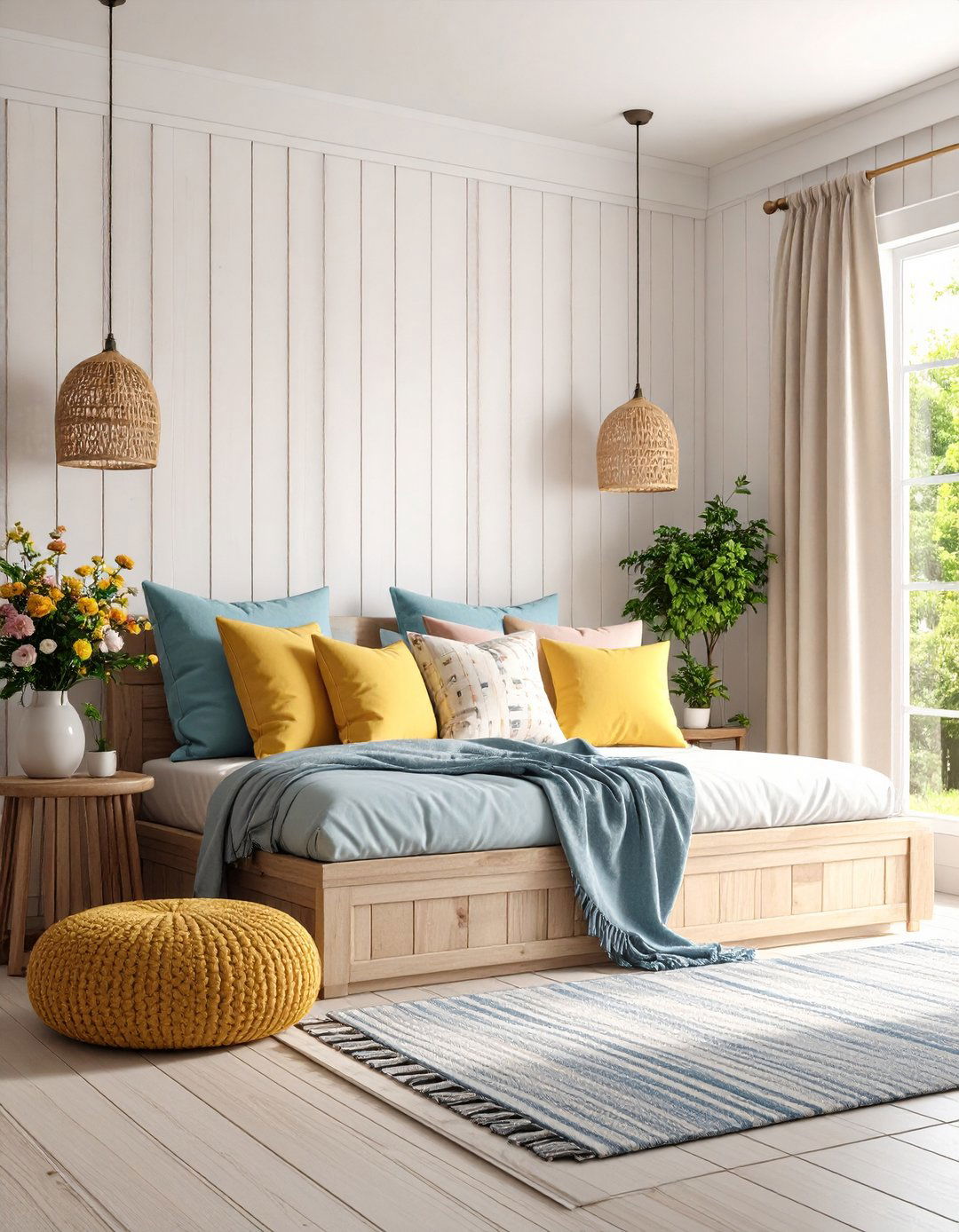
Maximize a small bedroom corner by wrapping two adjacent walls in white shiplap and using the space for a cozy reading or seating nook. The intersecting grooves define the corner and provide a stunning backdrop for a gallery wall or decorative shelf. Add plush cushions, throw pillows, and a floor lamp to turn the niche into a functional retreat. This technique draws attention away from limited floor space and toward a curated vignette.
17. Shiplap Ceiling With Matching Beams

Elevate a high ceiling by installing shiplap boards and aligning rustic beams in the same finish for cohesion. Painting both ceiling planks and beams in a neutral tone ensures a sophisticated, monochromatic look. The interplay of linear boards and supporting beams adds architectural interest overhead, making the ceiling a design focal point. This method works splendidly in transitional or farmhouse bedrooms seeking a balance between warmth and elegance.
18. Peel-and-Stick Shiplap Paneling (DIY)
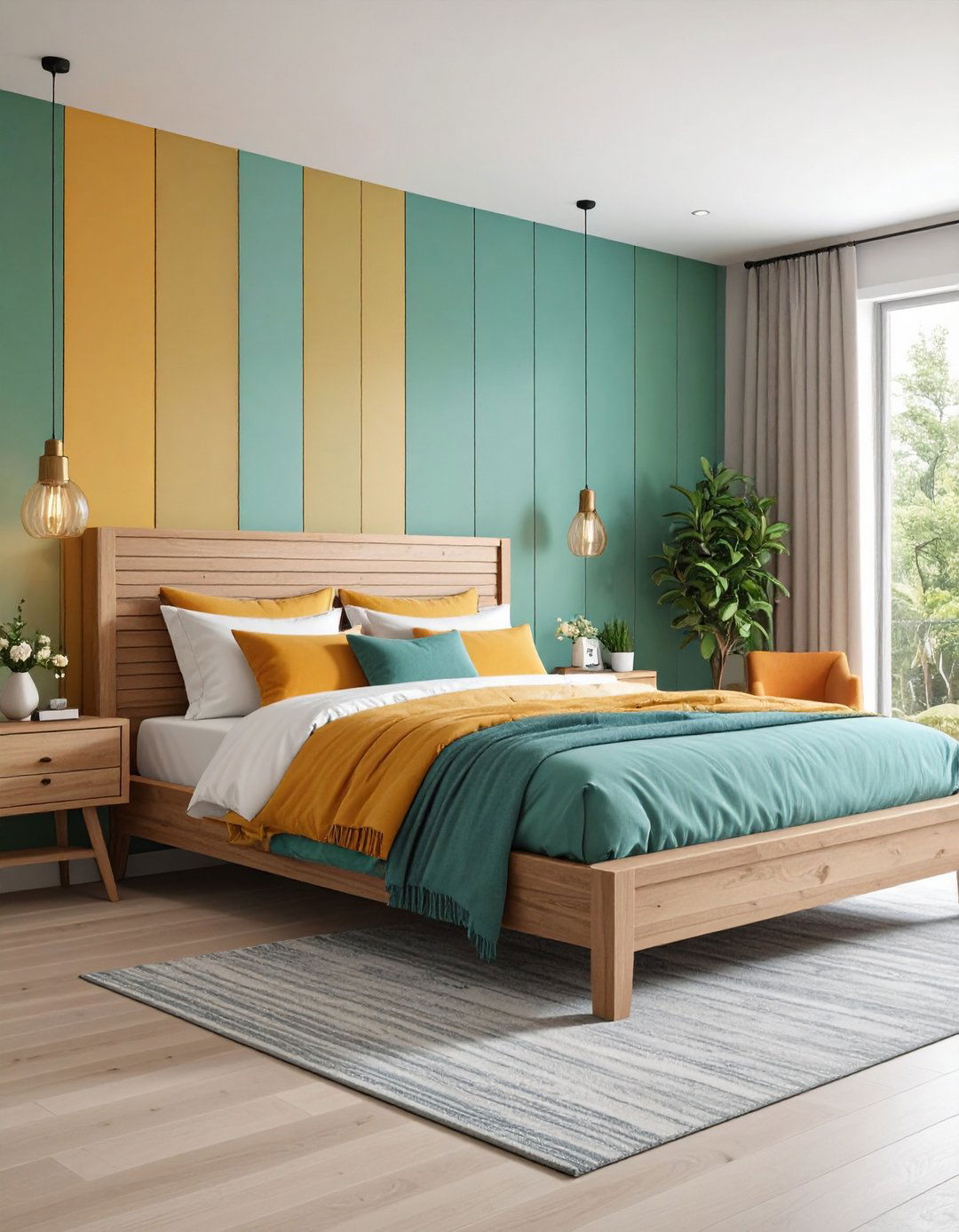
For a quick, tool-free update, apply peel-and-stick shiplap-style panels directly over primed or painted drywall. These thin adhesive planks mimic authentic wood shiplap without nails, saws, or professional installation. Simply measure, cut with a utility knife, peel, and stick—ideal for renters or weekend DIYers. Because the panels adhere and remove cleanly, they’re excellent for accent walls, small ceilings, or furniture fronts.
19. Whitewashed Shiplap for Coastal Style
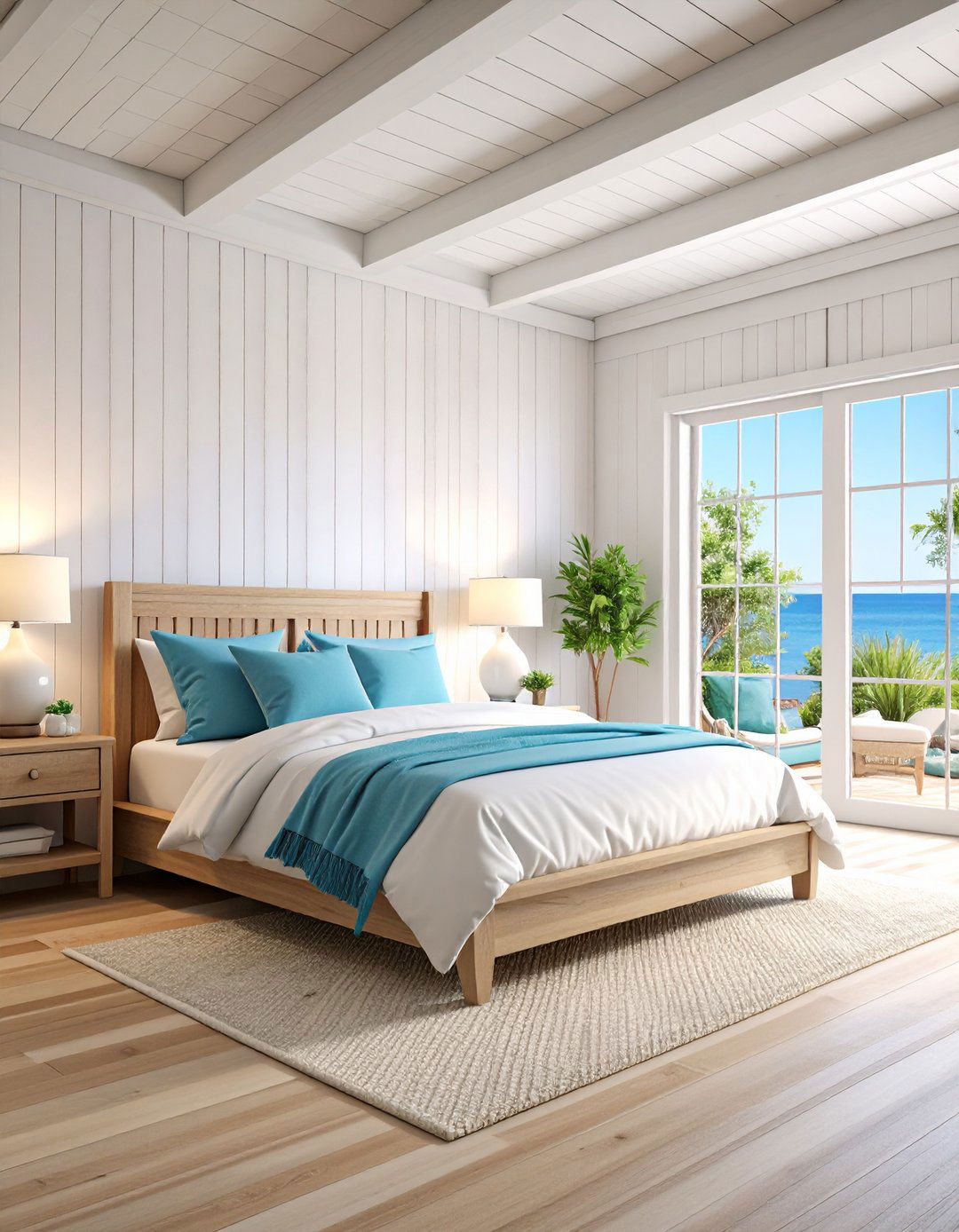
Embrace coastal charm by whitewashing shiplap walls to evoke driftwood’s weathered patina. A diluted paint wash allows wood grain to peek through, lending a relaxed, beachy vibe. Pair with nautical décor—navy stripes, rattan accents, and sea glass accessories—to reinforce the seaside motif. This subtle finish brightens lower-light bedrooms and fosters a breezy, laid-back atmosphere reminiscent of shore-side cottages.
20. Shiplap Combined With Bold Wallpaper

Double the impact by installing shiplap on the lower half of a wall and pairing it with large-scale, colorful wallpaper above. Pull a key hue from the wallpaper into the shiplap paint to create a cohesive bridge between textures. This contrast of rustic wood and graphic prints delivers modern flair and prevents either element from feeling too heavy. Such combinations work wonderfully in feature walls behind beds, vanities, or reading nooks to craft a personalized sanctuary.
Conclusion:
From historic shipbuilding origins to contemporary design runways, shiplap has become a go-to for infusing bedrooms with warmth, texture, and character. Whether you favor the crisp neutrality of classic white, the drama of dark hues, or the authenticity of natural wood, there’s a shiplap treatment to suit every taste and budget. Innovative installations—be they accent walls, slanted ceilings, or peel-and-stick panels—make this versatile material accessible for full renovations and weekend DIY projects alike. By exploring color, orientation, and pairing possibilities, you can transform any bedroom into a cozy retreat or striking statement space that endures beyond trends.


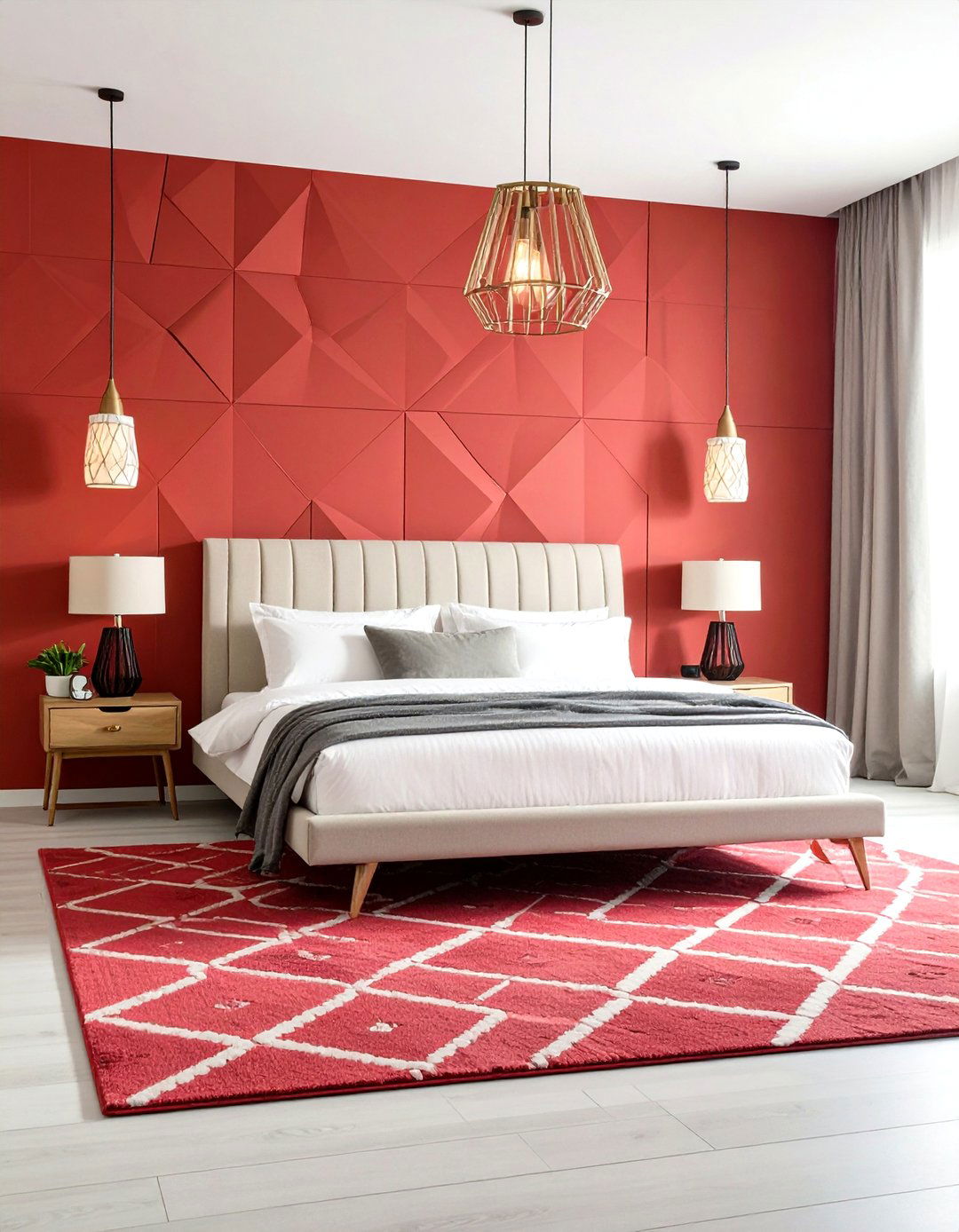
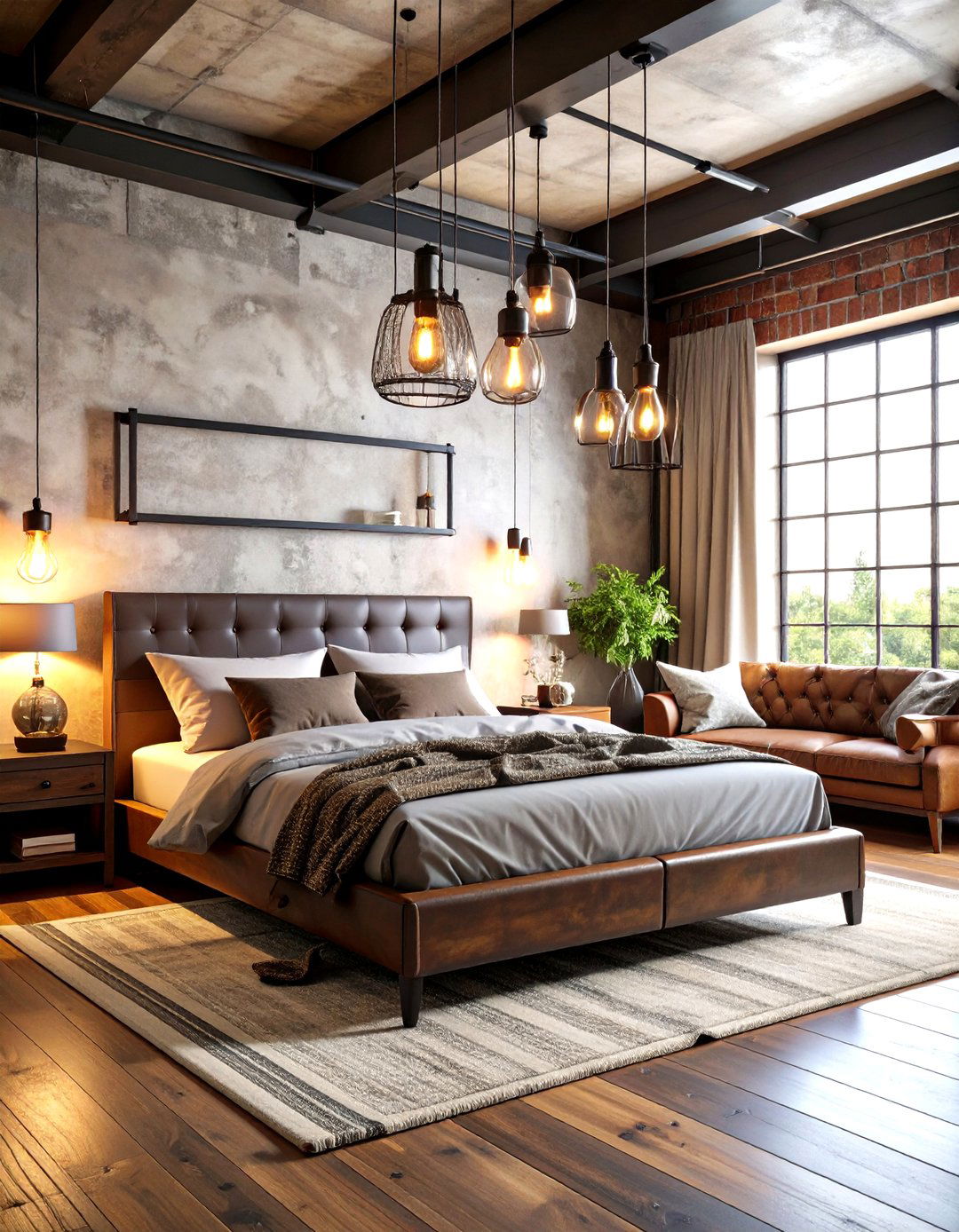
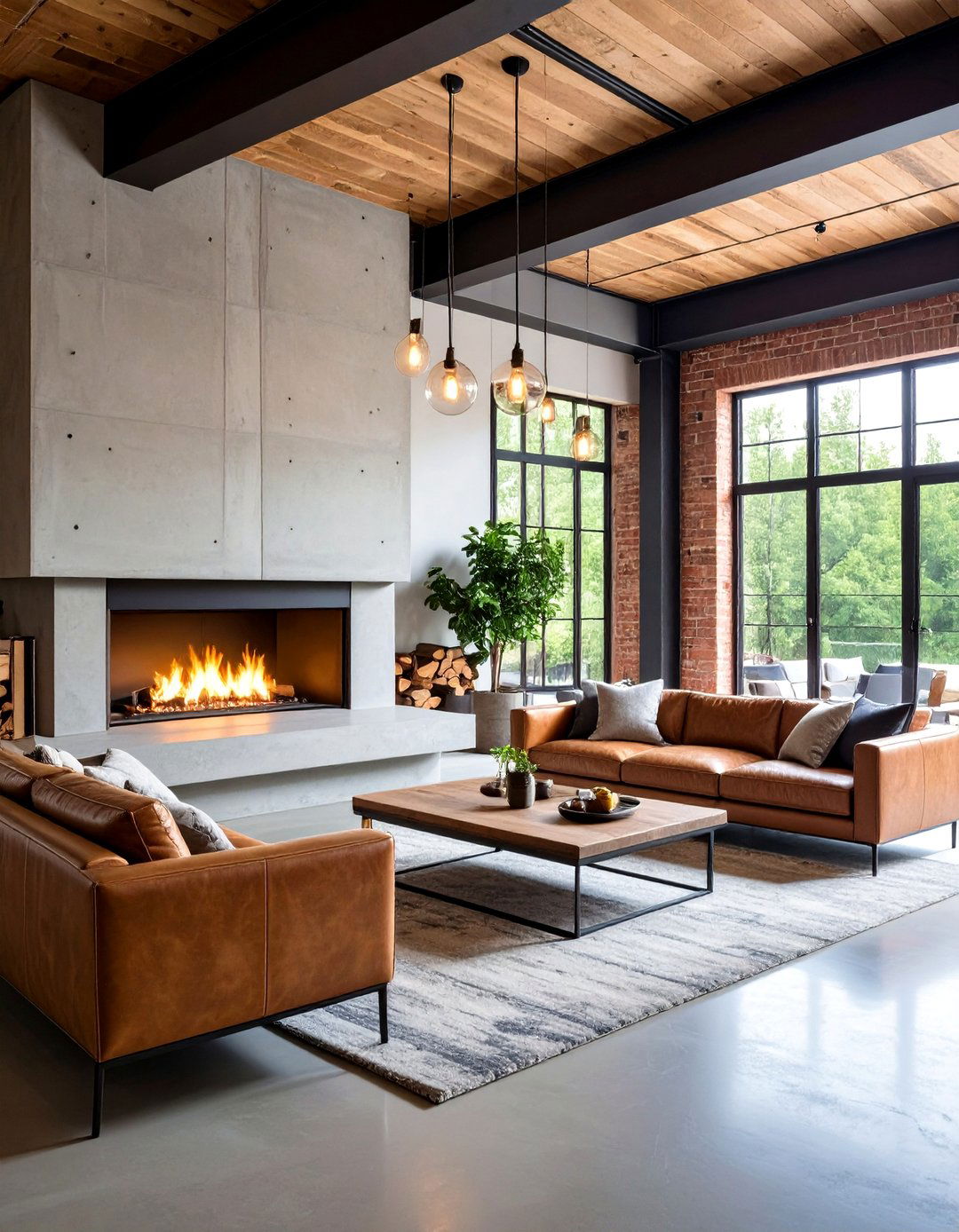
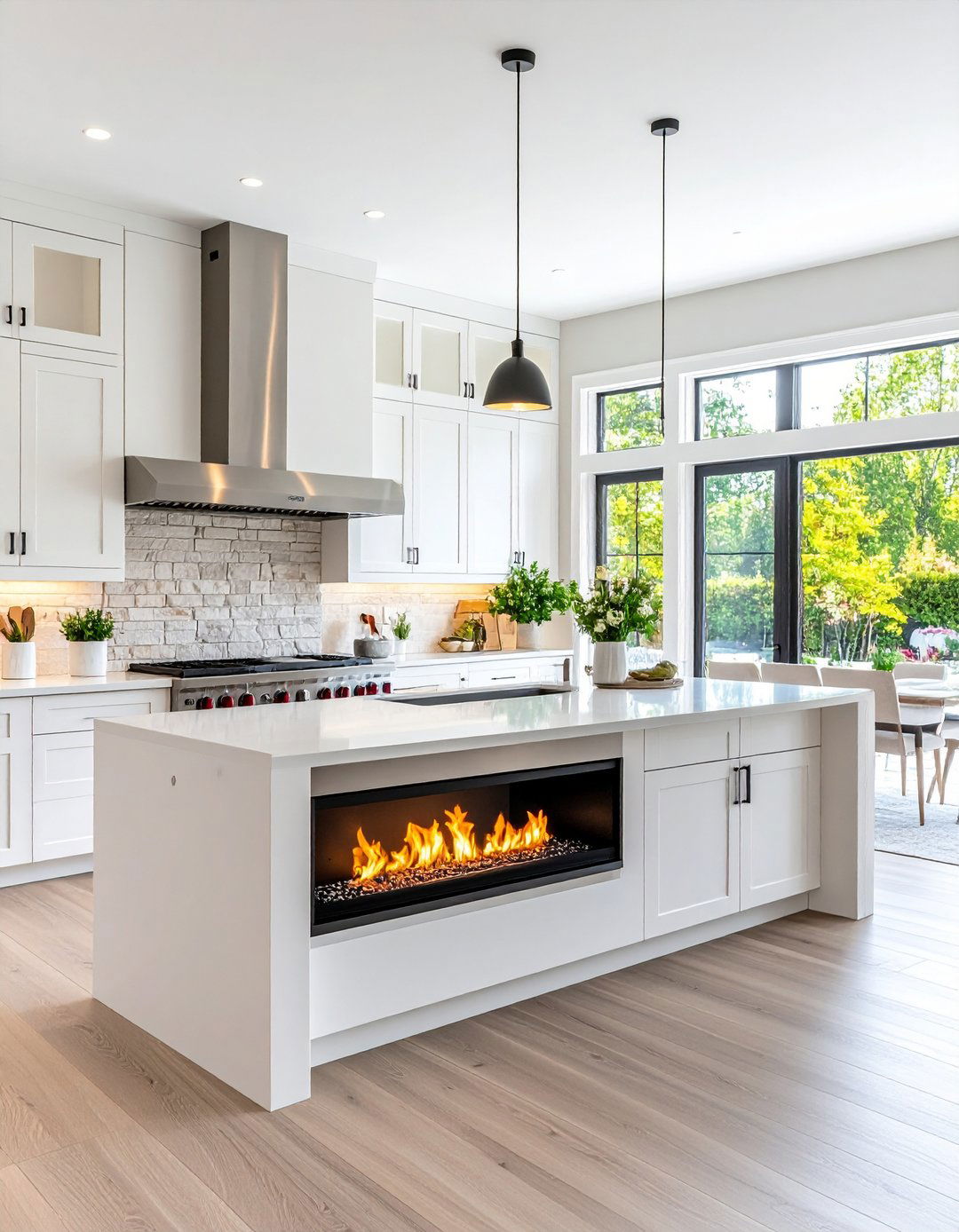
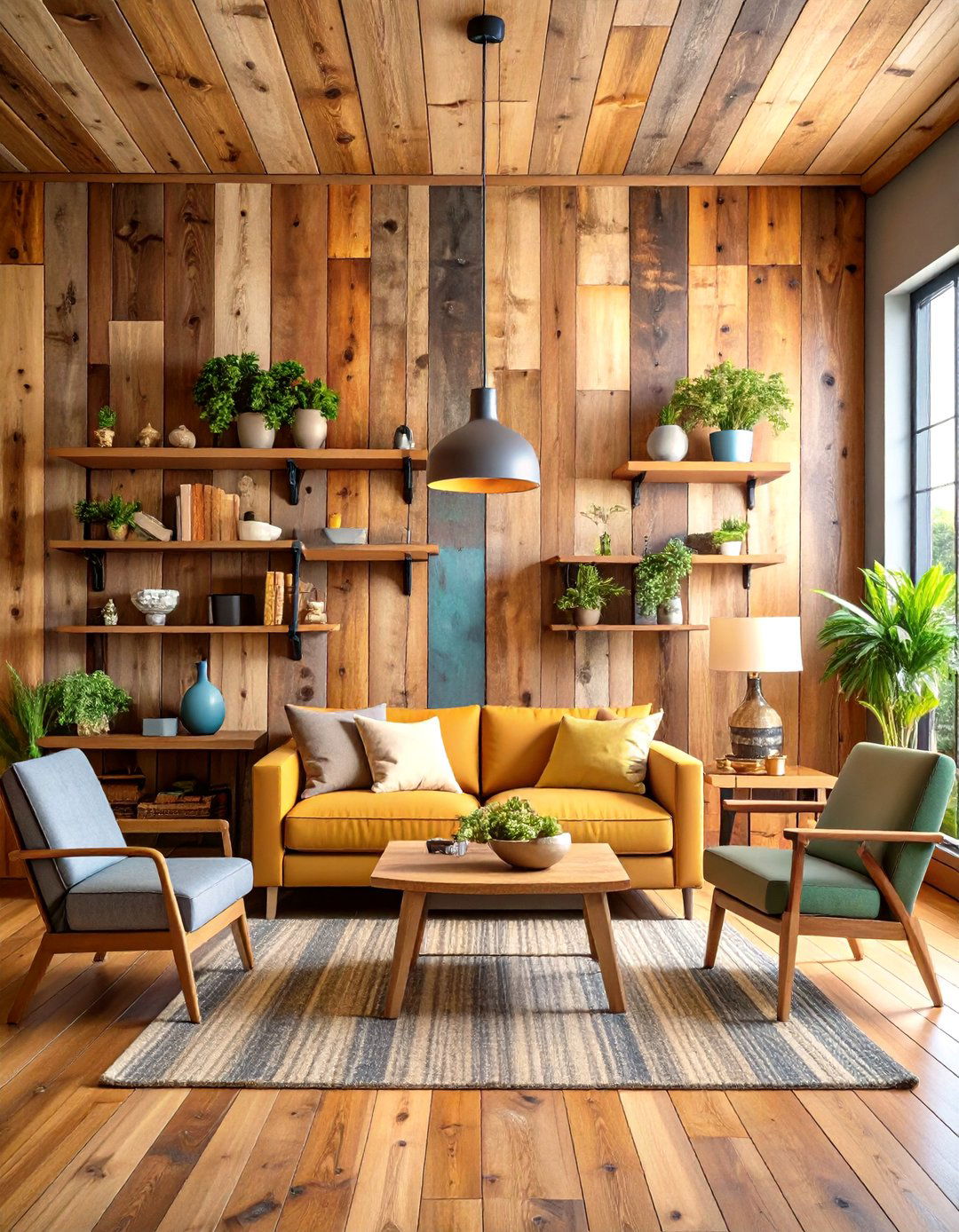
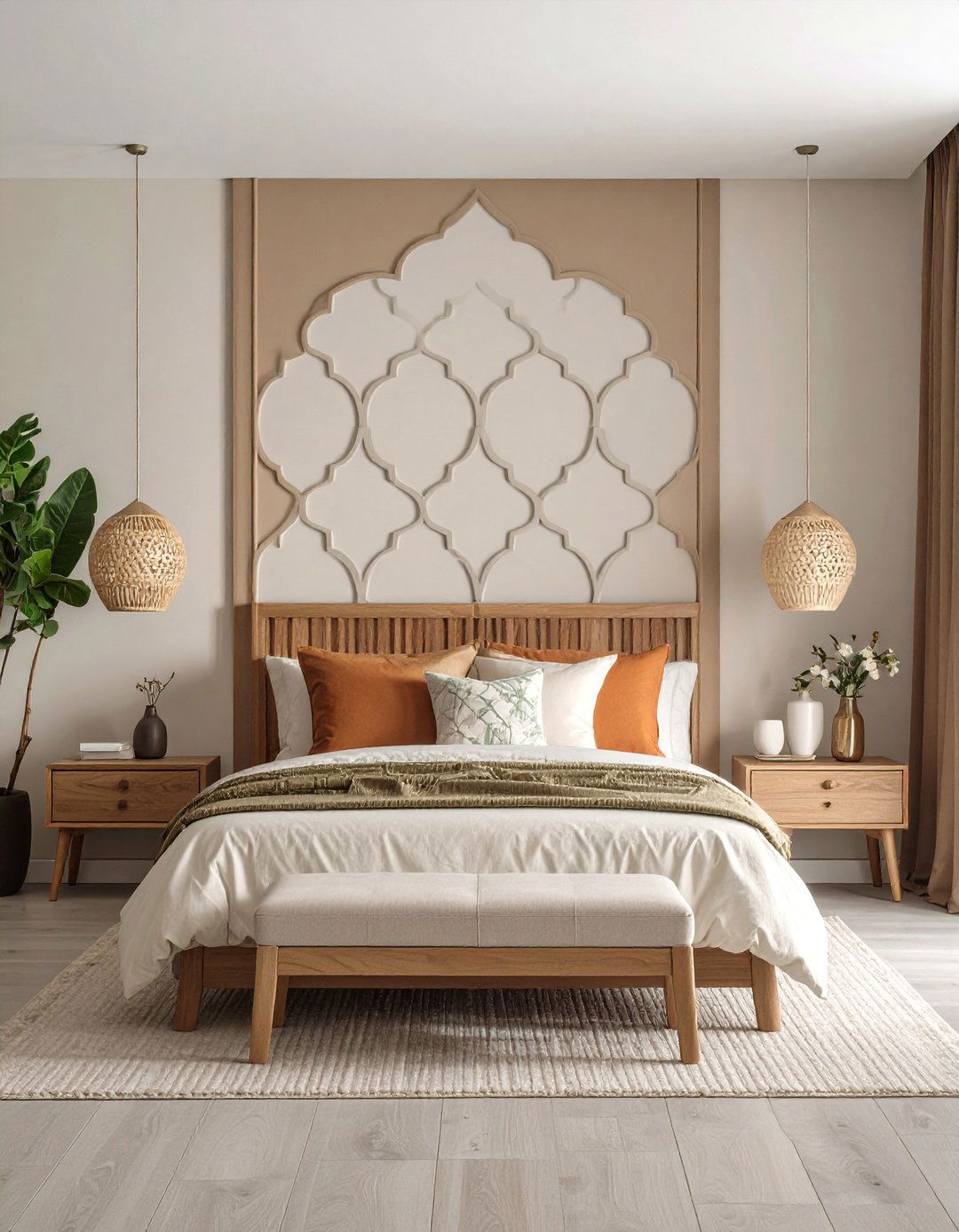
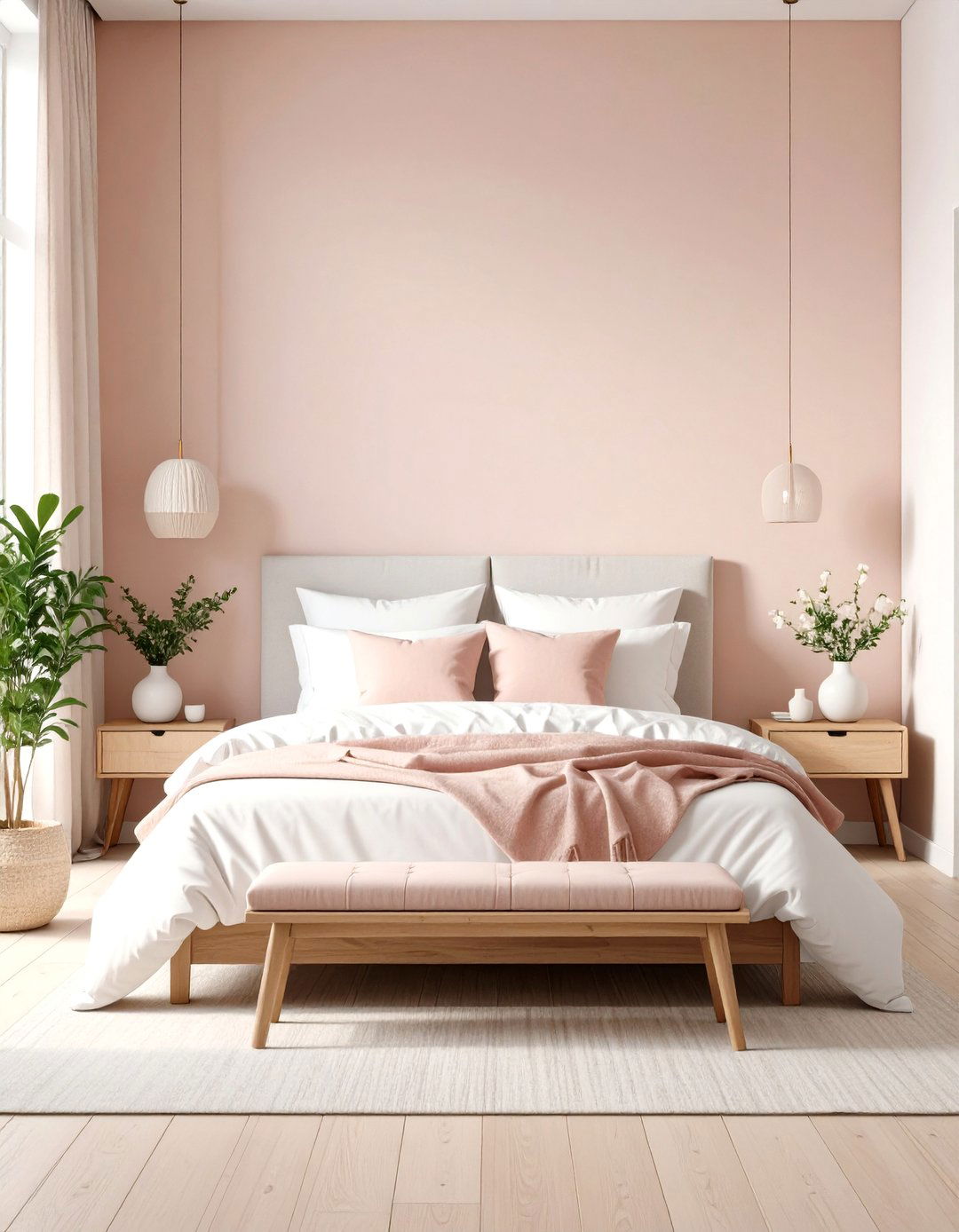

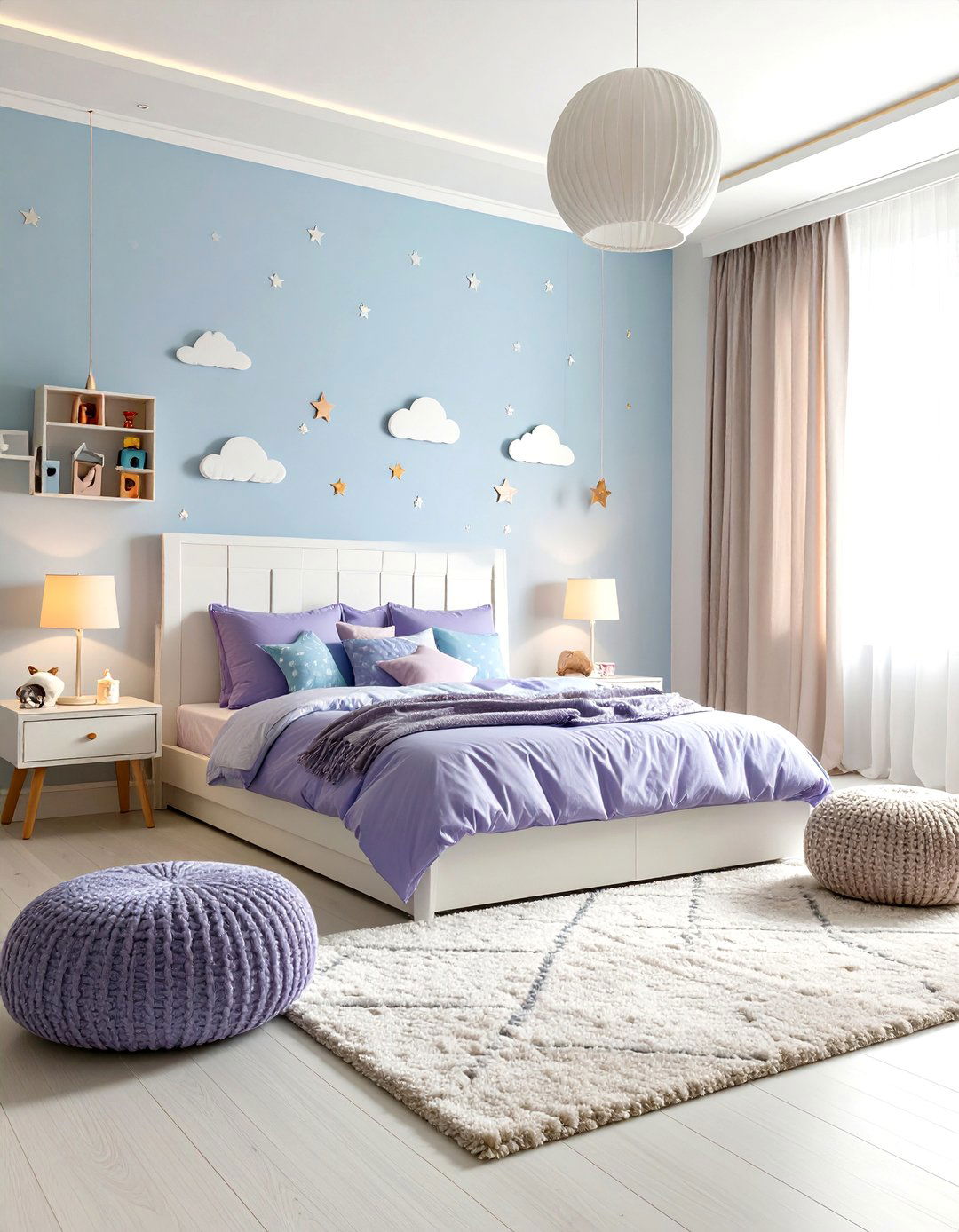

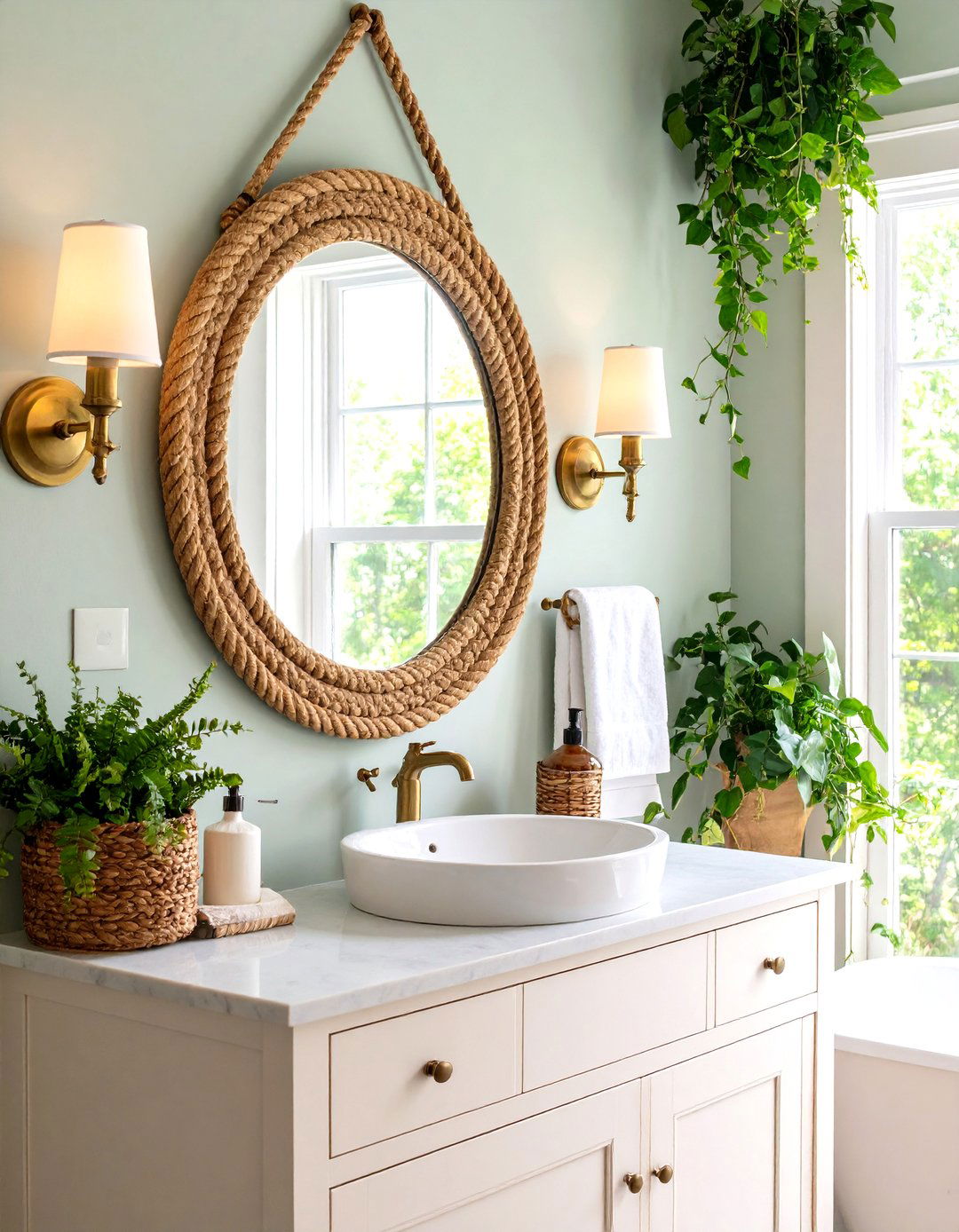
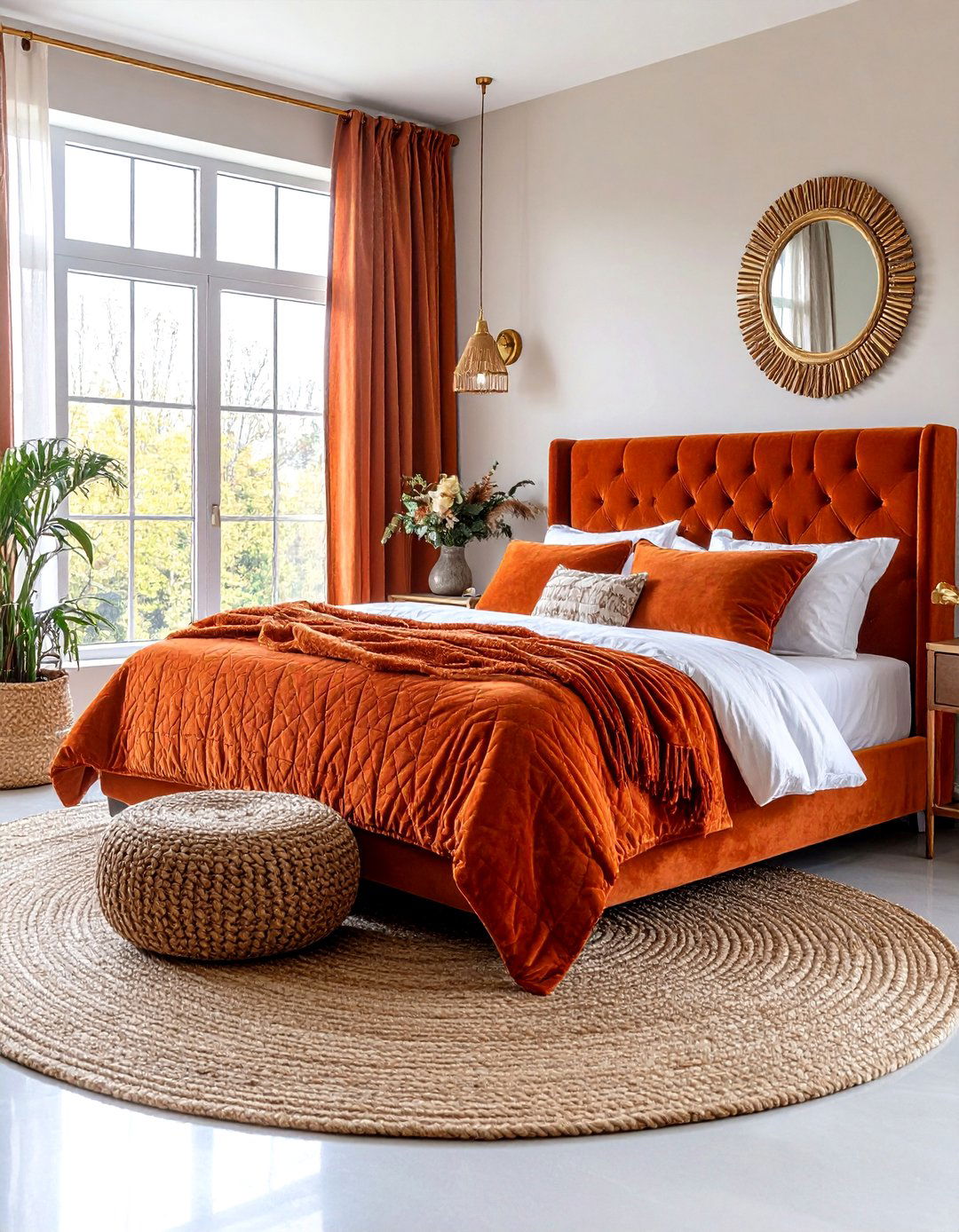
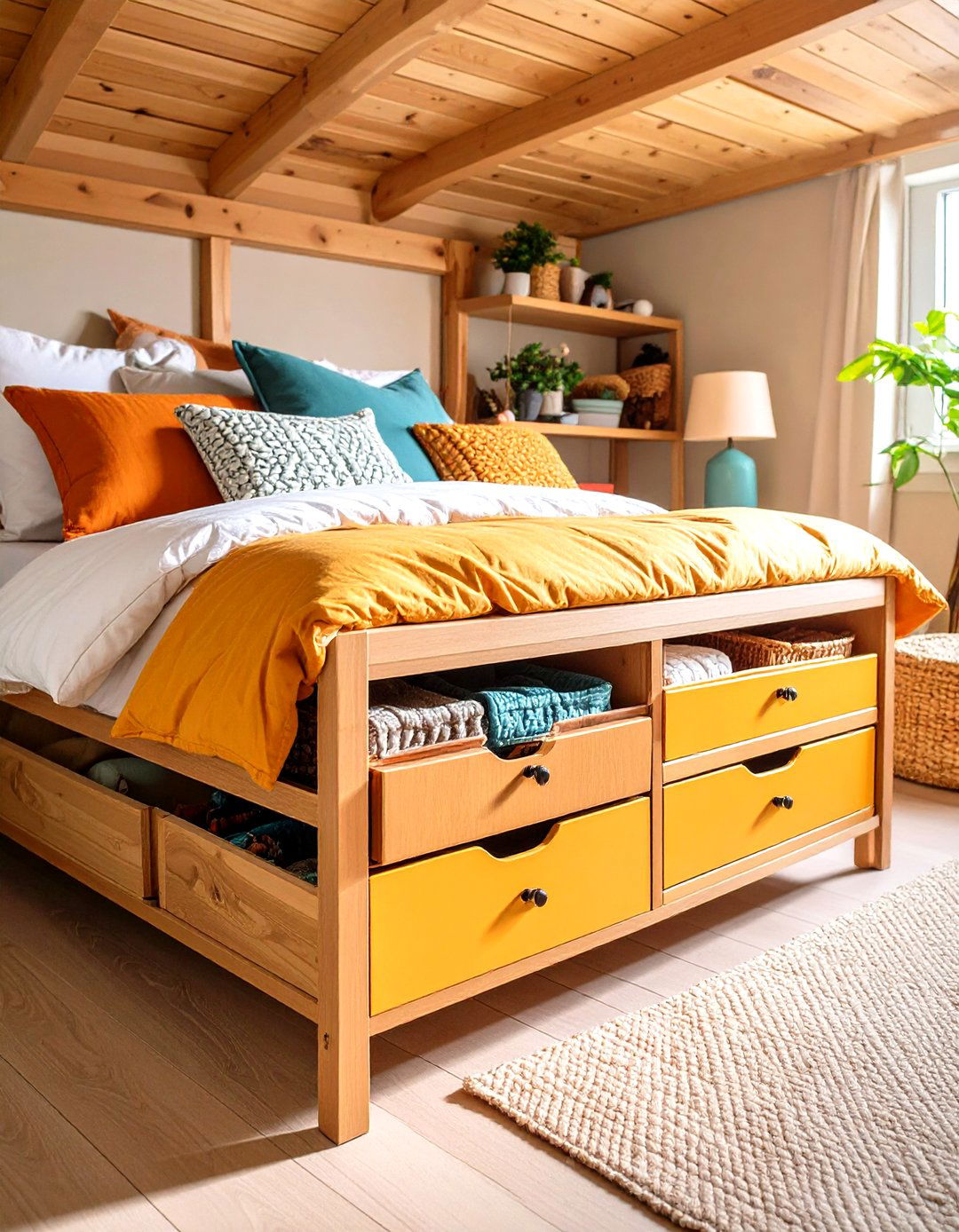
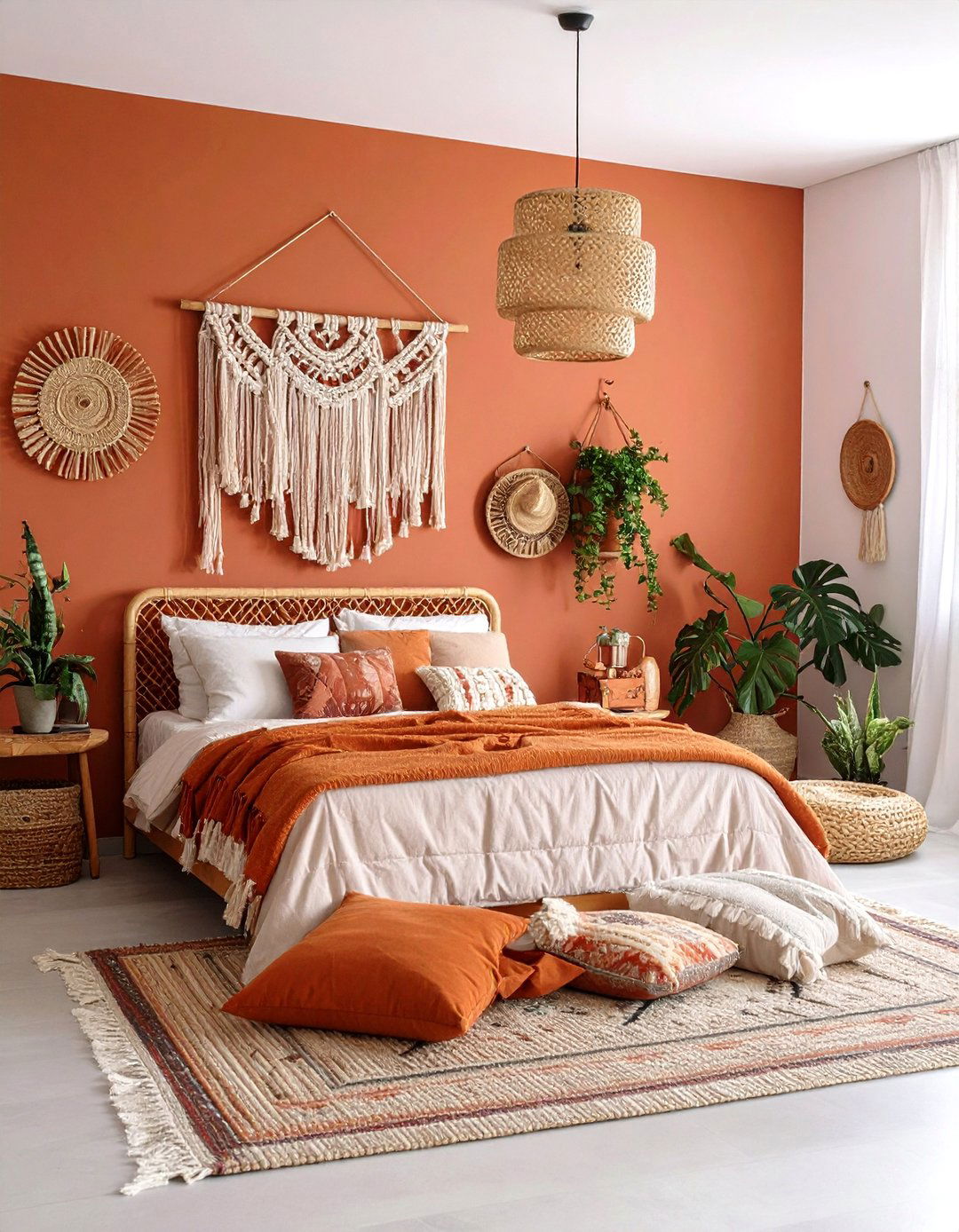
Leave a Reply